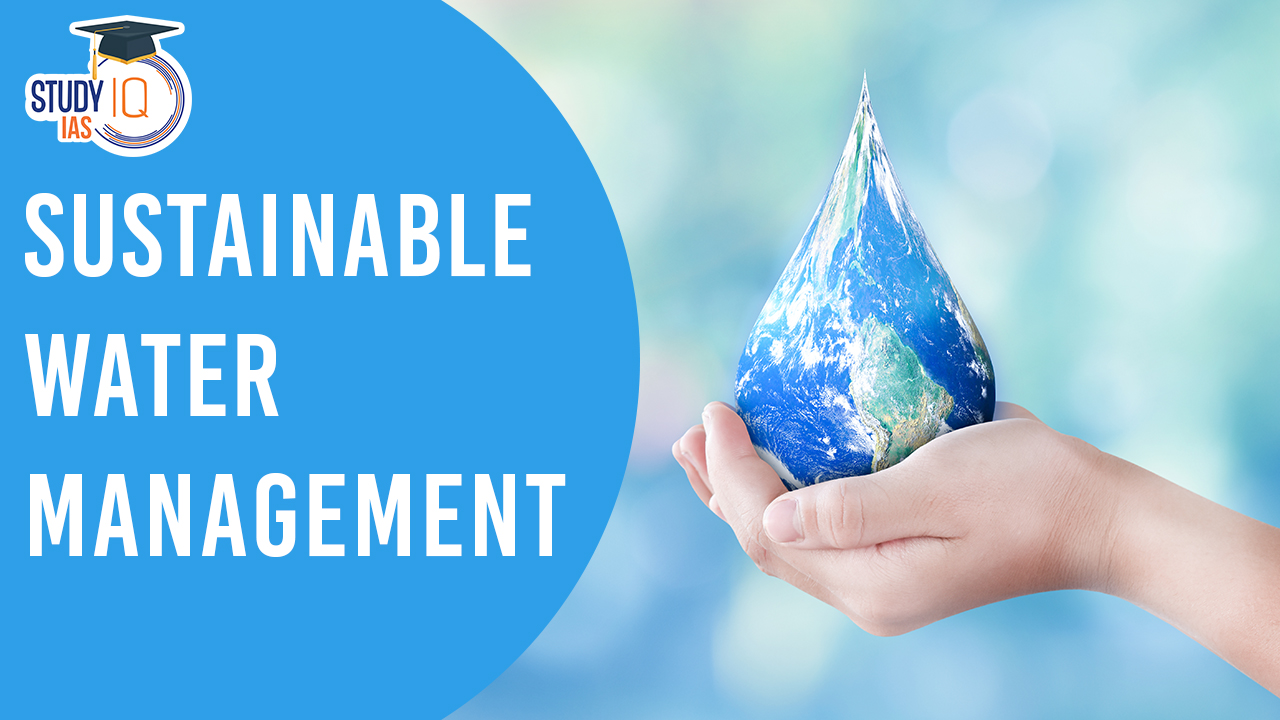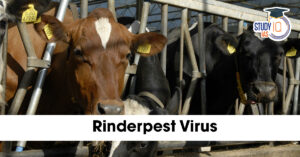Table of Contents
Context: As freshwater and marine ecosystems face increasing stress, integrated and holistic water governance is the need of the hour.
Recent Interventions for Water and Glaciers
- World Water Day 2025: Theme — Glacier Preservation.
- March 21, 2025: Observed as the first-ever World Day for Glaciers.
- UN World Water Development Report 2025: Theme — Mountains and Glaciers – Water Towers.
- Decade of Ocean Science (2021–2030): Midway focus in 2025 on marine sustainability.
- Source to Sea (S2S) Approach:
- Recognised since the 2012 Manila Declaration.
- Promotes integrated water governance from upstream rivers to coastal oceans.
- Action Platform for S2S launched by SIWI; hosted by IUCN from 2025.
Sustainable Water Management
Sustainable water management is the practice of using water in a way that meets the needs of the present without compromising the ability of future generations to meet their own needs. It is a complex and challenging task, as it requires balancing the needs of different users, including agriculture, industry, and households, while also protecting the environment.
Importance of Water
- Water links glaciers, rivers, aquifers, and oceans as a single hydrological continuum.
- Vital for:
- Sustaining agriculture and food security.
- Providing drinking water to populations.
- Maintaining ecological balance in freshwater and marine ecosystems.
- Ensuring economic stability and disaster resilience.
| Water Availability Related Important Facts |
|
Sustainable Water Management in India
Sustainable water management in India is essential for the country’s economic and social development. India is facing several water challenges, including:
- Water scarcity: India is a water-stressed country, with per capita water availability below the global average.
- Water pollution: A significant portion of India’s water resources are polluted, making them unsafe for drinking and irrigation.
- Climate change: Climate change is expected to exacerbate India’s water challenges, leading to more extreme weather events, such as droughts and floods.
Impact of Climate Change on Agriculture
- Decades of poor water management, misuse and pollution, and the climate crisis have degraded freshwater supplies and ecosystems.
- About 40% of the planet’s total land area is degraded, leaving farmers with less productive land.
- Extreme weather events and variability in water availability are severely affecting agricultural production, changing agroecological conditions and shifting growing seasons.
- Changes in rainfall and higher temperatures also affect crop productivity, reducing food
availability
| Impact of Climate Change on India | ||
| Crops | Reduction In Production By The Year 2050 |
Reduction In Production By The Year 2080 |
| Rice Production | Rainfed 20% | 47% |
| Irrigated 3.5% | 5% | |
| Wheat | 19.3% | 40% |
| Maize | 18% | 23% |
Sustainable Water Management Methods
- Water conservation: Water conservation is the most important sustainable water management method. It involves using water more efficiently and reducing waste. Water conservation can be achieved through a variety of measures, such as fixing leaky faucets, installing water-efficient appliances, and watering lawns less frequently.
- Water reuse: Water reuse is the practice of using wastewater for beneficial purposes, such as irrigation or industrial processes. This can help to reduce the demand for fresh water and protect the environment.
- Rainwater harvesting: Rainwater harvesting is the practice of collecting and storing rainwater for future use. This can help to reduce reliance on municipal water supplies and provide a source of water during droughts.
- Groundwater management: Groundwater is water that is stored underground in aquifers. It is an important source of water for many people around the world. Groundwater management involves using groundwater sustainably and protecting it from pollution.
- Ecosystem protection: Ecosystems play a vital role in the water cycle. Protecting ecosystems can help to ensure that water resources are available and clean.
Sustainable Water Management Strategies for Agriculture, Industry, and Households
In addition to these general methods, there are also a number of specific sustainable water management practices that can be implemented in different sectors, such as agriculture, industry, and households.
| Sector | Strategies |
| Agriculture |
|
| Industry |
|
| Households |
|
Climate Change Adaptation Measures in India
Food and Agriculture Organisation of the United Nations (FAO)
- Supported the farmer water school programme in Uttar Pradesh to improve water-use efficiency.
- Supported the Andhra Pradesh Farmer Managed Groundwater Systems project, which included a hydrological monitoring programme to help farmers manage water resources in drought-prone districts
International Fund for Agricultural Development (IFAD)
- Set ambitious targets to leverage climate financing to mitigate climate change due to the increasing volatility of weather conditions.
- Supported projects in Maharashtra, Odisha, Uttarakhand, Nagaland and Mizoram that incorporate climate-resilient seed varieties and crops, including millets and soil management to cope with increased water stress.
- IFAD supports Indian States in leveraging the Mahatma Gandhi National Rural Employment Guarantee Act scheme.
United Nations World Food Programme (WFP)
- Collaborating with the Government of Odisha to develop solutions for smallholder farmers, focusing on women.
- Developing solutions to enhance resilience through solar technologies, establishing community-based climate advisory services to help manage climate impacts and promoting a millet-value chain
Challenges in Water Management in India
- Climate change: Melting glaciers, altered precipitation, rising sea levels.
- Water stress: As per NITI Aayog (2018), 600 million Indians face water scarcity.
- Pollution: 311 polluted river stretches identified (CPCB, 2022).
- Over 7 lakh tonnes of solid waste/day, with poor treatment.
- Over-extraction of groundwater: Usage exceeds 100% in states like Punjab and Haryana.
- 25% of groundwater units are at risk.
- Fragmented governance: Multiple agencies across local, state, national, and global levels act in silos.
Solutions for Sustainable Water Management in India
- Adopt the Source-to-Sea (S2S) Approach: Integrate upstream-downstream water management.
- Bridge freshwater and marine SDGs (6 & 14).
- Strengthen Policy Framework: Implement the draft National Water Policy (2019) with reforms.
- Ensure nested governance systems across tiers.
- Focus on Science-Policy Integration: Promote projects like nutrient management in Delhi and Indo-Gangetic basin studies.
- Enhance Waste Treatment: Scale up waste segregation and water body protection.
- Climate-Resilient Water Use: Encourage efficient irrigation and groundwater recharge.
- Monitor glacier retreat to secure long-term water availability.


 Salkhan Fossil Park Joins UNESCO’s Ten...
Salkhan Fossil Park Joins UNESCO’s Ten...
 Forest Conservation Act 1980, Objectives...
Forest Conservation Act 1980, Objectives...
 Rinderpest: Causes, Transmission, Sympto...
Rinderpest: Causes, Transmission, Sympto...





















